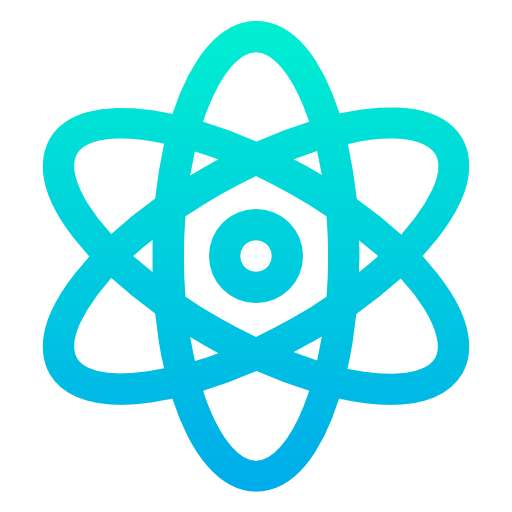MATLAB is one of the most widely used computational tools in science and engineering. No matter what your background—be it physics, chemistry, math, or engineering it would behoove you to at least learn the basics of this powerful tool.
There are three good reasons to learn a computational mathematics tool. The first is that it serves as a background check for work you might be doing by hand. If you are a student, it’s nice to have a back up that you can use to check your answers. I advise that you don’t become co-dependent on a computational tool or trust it as though it were an Oracle. Do your work by hand when requested by your professors and just use MATLAB or any other tool to check your work to make sure it’s correct.
The second reason is having a tool like MATLAB is priceless for generating plots and for doing numerical methods. Instead of having to go through a tedious process of plotting something by hand you can just have MATLAB generate any nice plot you desire.
Thirdly, the bottom line is that at some point in your career you will have to use a computational mathematics tool. If you’re a professor doing theoretical work, at one point or another you are going to be working on a project where analytical solutions are not possible. If you work in industry or in a national lab, chances are the work you’re doing can’t be done by hand and will require a numerical solution. MATLAB is widely used in universities, in national laboratories and at private companies. Knowing MATLAB will definitely be a plus on your resume.
Now a word about this particular book. This book is aimed squarely at the MATLAB beginner. The purpose is not to wow experts with complicated solutions built with MATLAB. Rather, the purpose of this book is to introduce a person new to MATLAB to the world of computational mathematics. The approach taken here is to set about learning how to use MATLAB to do some basic things-plot functions, solve algebraic equations, compute integrals and solve differential equations for example. So the examples we present in this book are going to be simple and aimed at the novice. If you have never touched MATLAB before or are having lot’s of trouble with it, this book will help you build a basic skill set that can be used to master it. The book is a stepping stone to mastery and nothing more.
Contents
Chapter 1. The MATLAB environment.
Chapter 2. Vectors and matrices.
Chapter 3. Plotting and graphics.
Chapter 4. Statistics and an introduction to programming in MATLAB.
Chapter 5. Solving algebraic equations and other simbolic tools.
Chapter 6. Basic simbolic calculus and differential equations.
Chapter 7. Numerical solution of ODEs.
Chapter 8. Integration.
Chapter 9. Transforms.
Chapter 10. Curve fitting.
Chapter 11. Working with special functions.
Título: MATLAB.
Autor: David McMahon.
Edición: Primera edición.
Idioma: Inglés.
Formato: PDF.
Archivo: 4,70 mb.


